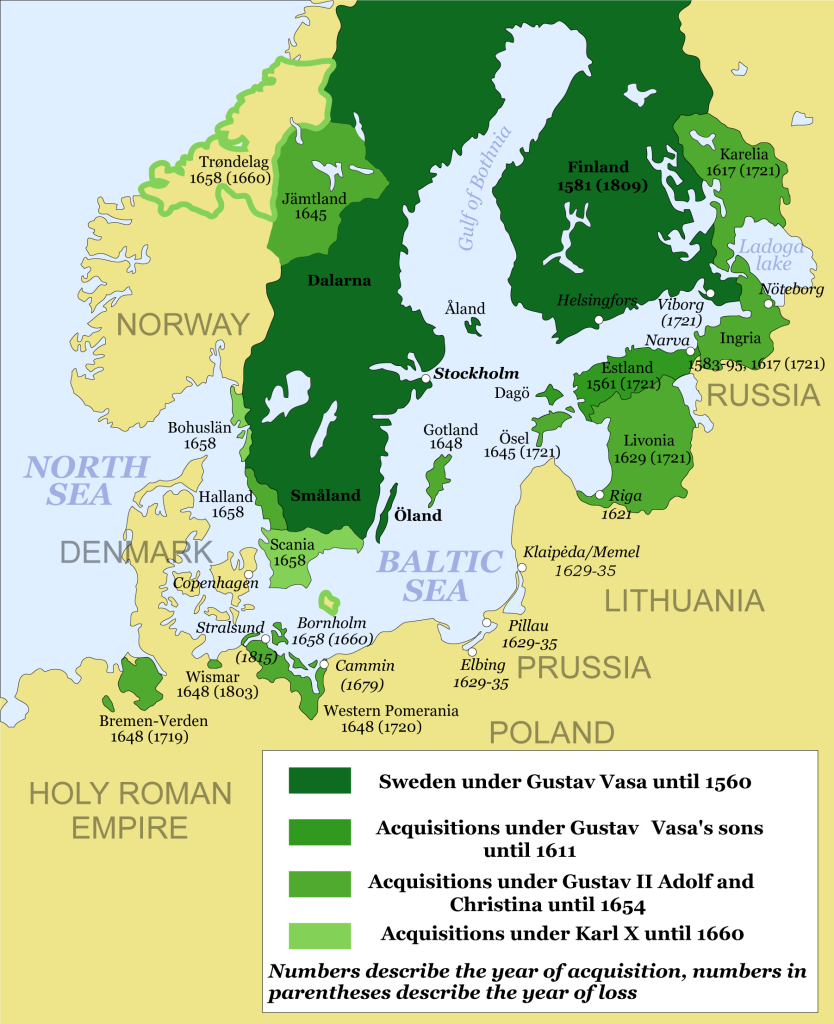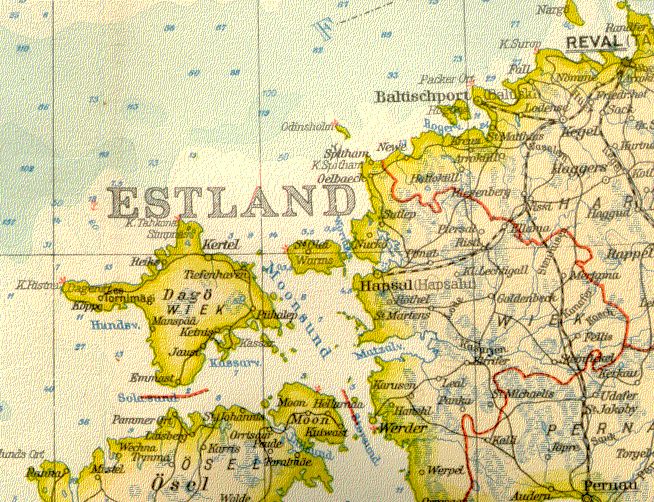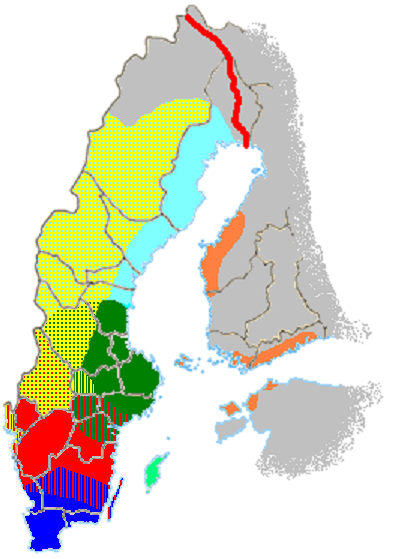The Estonian Swedes or Coastal Swedes (Swedish: estlandssvenskar, Estonian: rannarootslased) are a Swedish-speaking linguistic minority residing in the coastal areas and islands of western and northern Estonia. The beginning of the continuous settlement of Estonian Swedes in these areas (known as Aiboland) dates back to the 13th and 14th centuries.
In 1561, Sweden established the Dominion of Swedish Estonia, which it would formally hold until 1721. Swedish, along with German and Estonian, was one of the official languages.
At the end of the Teutonic period, the total population of Estonian Swedes was roughly 5-7 thousand, some 2-3% of the population of what is now Estonia.
The 1922 census shows Estonian Swedes majority in some places, such as Ruhnu (Swedish: Runö), Vormsi (Swedish: Ormsö), Riguldi (Swedish: Rickull). Towns with large pre-war Swedish populations include Haapsalu (Swedish: Hapsal) and Tallinn (Swedish: Reval).
There was not a unified Estonian-Swedish dialect, but several. The Estonian-Swedish dialects are subdivisions of the Eastern varieties of Standard Swedish. The dialect of Hiiumaa is still spoken by a few in Gammalsvenskby (which is called Gammölsvänskbi in the Hiiumaa/Gammmalsvenskby dialect).
Almost all of Estonia’s Swedish-speaking minority fled to Sweden during World War II, and only the descendants of a few individuals who opted to stay are permanently resident in Estonia today.



